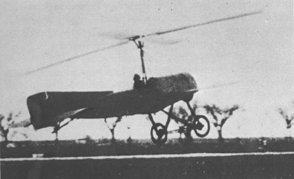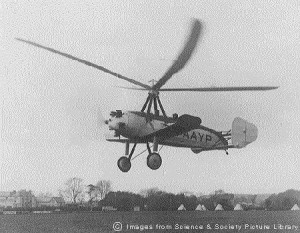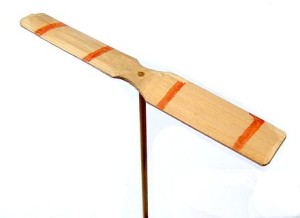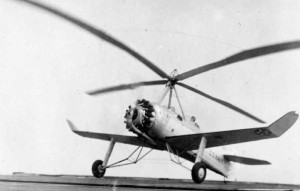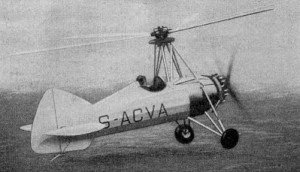One of the best books I read last year was Entangled, the debut novel of J. Evan Stuart. I enjoy character-driven mysteries and Entangled fits the bill to a T. And today, I’m excited to bring to you this interview with a very talented up and coming writer. Without further ado, meet J. Evan Stuart!
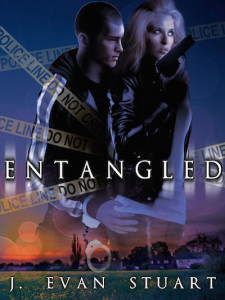
Tell us a little bit about yourself.
I’ve always been a reader. From the time I was young I always had a love for books and would look forward to escaping into make believe worlds. I can’t say I’ve always wanted to write and just kind of started on a whim. For awhile I was tutoring students and a boy I was working with had an assignment to write a story beginning and the focus was on conflict. We came up with an initial scene taking place in a restroom where two boys confront each other and an iPod ends up being dropped in a toilet. For whatever reason the scene stayed with me and a year later I took pen to paper and wrote it out. Once I got started that was it. I have been writing for about six years now.
What is the name of your latest book and what inspired it?
My debut novel is Entangled. About three years ago I found a small news article in the newspaper. It was no more than a couple hundred words about a thirteen year old boy in a small Kansas ranching and farming town who was accused of murdering his parents and shooting his siblings. The article struck a chord with me, so I cut it out and saved it. Months later I wrote what would be the first chapter. It was a year after that I began to write the story.
How would you categorize your book?
It is a police procedural mystery with strong thriller and suspense elements. Because one of the dual protagonists is an eighteen year old accused of killing his parents and is on the run, it could easily crossover into YA. I think it would also appeal to those who like to read romantic suspense, as long as they want a story that is heavy on suspense and want a romance that is subtle. Minus bulging muscles and various other body parts.
Introduce us to your lead protagonists. What is it about these character(s) that appeal to you as a writer?
The story starts with the reader being introduced to Connor Evans. He’s a high school kid who hates ranching and small town life in Ashlin, Nebraska. While his father expects him to follow in his footsteps of carrying on the family ranch, Connor has no interest in ranching which often puts him at odds with his father. The only escape he has from the boredom and his strained relationship with his dad is sneaking out to drink with his friends which often leads to them getting in trouble with the local authorities. When his parents are murdered all the evidence points to him and he finds himself on the run trying to deal with his grief and avoid being caught.
Sonya Reisler is a newly promoted detective with the Nebraska State Patrol. She wants to credit her ambition and dedication as the reasons for her promotion but, when she finds her new partner is her former mentor and lover, she has her doubts whether she truly earned her promotion. Sonya is sent to Ashlin to look over a murder investigation case before it is sent to the DA. She begins to notice small things that make her question whether Connor Evans committed the crime and gets the okay to conduct her own investigation. The nature of the crime hits close to home for Sonya and has her facing memories and demons she’s spent a lifetime burying. When her path crosses with Connor’s, professional lines become blurred. What starts out as an opportunity for her to prove to herself she earned her promotion, quickly escalates into something that could end her career altogether.
I think readers will find Connor the easier of the two to understand. Through flashbacks and his actions in the present, we see a teenager trying deal with his world being turned upside down and the aloneness he feels. Sonya is more of a mystery. She has a past that readers only see glimpses of, but we really only see her in the present. Something is fueling her desire to solve the case but we don’t know what it is until the very end. I think Sonya and Connor play off of each other well throughout the entire novel.
How did the book come to be titled? Or, how does the title relate to the story?
Entangled is a good description of what happens to Sonya when she lets this case become personal and gets so deeply involved it becomes impossible to free herself from it.
Tell us more about the cover design. How involved were you with creating the cover?
I was very involved in the cover design and sketched out how I wanted the characters positioned and what elements needed to be present. I sent my sketches to Ronnell Porter who expanded on my ideas and created the final product. I think his addition of the yellow police tape across Connor was a great idea. Connor, in many ways, is a danger to Sonya, causing her to cross many lines when it comes to this case. I think the cover really conveys what readers will find in the story.
Describe your writing process.
In a word? Chaotic. I work in scenes, usually starting with the dialogue that occurs between characters then slowly fleshing it out. I often don’t know the exact setting or even where in the story that particular scene will take place. I just picture it and know it will happen somewhere in the story. As more scenes form and are fleshed out, I continue to build on them, rearranging them until the story starts to come together. Then it’s a matter of stitching everything together. This method tends to give me more flexibility than if I were to work in a linear fashion.
How much research did you put into your book/series?
I ended up doing quite a bit of research for this story starting with the setting. I looked at many states where cattle ranching is done and Nebraska seemed to fit the bill for the other story elements I needed. While Ashlin is a fictional town along with some other features, many other places mentioned are real. I also had to do some research on the Nebraska State Patrol and some legal elements. My main goal was to make the story plausible and believable as possible.
What is the best advice received as an author?
I’ve been very fortunate in that I have had good support in my writing journey and have gotten a lot of good advice along the way. One of the best pieces of advice I received was to trust your readers. As a novice I was guilty of overwriting and over explaining because I was unsure of myself as a writer and wanted to make sure my readers understood what I was saying. Once I trusted that the readers would get what I was saying without my spoon feeding them, my writing greatly improved.
What specific authors or books influence how you write today?
This is a tough question. I think everything I read, good or bad, becomes part of the collective. I can tell if I really like a book because I will want to reread it again immediately. With the subsequent read I will really try and figure out what it is the author is doing that makes me love the story. One author that does come to mind that I found particularly interesting when it comes to writing style is Lisa McMann. In her book Wake, I was really taken with the brevity of her writing and how she used very short sentences that packed a lot of punch. I think that tends to stick with me when I write.
What types of genres do you read now for pleasure and do they influence what you write today?
I’m still a huge fan of YA and MG (middle grade) literature and I also love fantasy. For the most part I will read anything that sounds interesting. I’m partial to character driven stories, so as long as I like the characters it really doesn’t matter the genre. As for what I write, I started with writing fantasy and paranormal because that was what I read most. Writing a police procedural mystery came as kind of a surprise for me since that is the genre I read the least.
What is next for you?
Currently I am working on the second book in the series entitled Enmeshed. I am hoping to complete it sometime in 2016.
Where you can buy Entangled and get in touch with J. Evan Stuart!
Entangled on Amazon!
Twitter: https://twitter.com/jevanstuart
Website: http://jevanstuartauthor.blogspot.com/
Share This!


